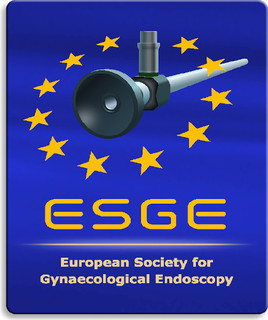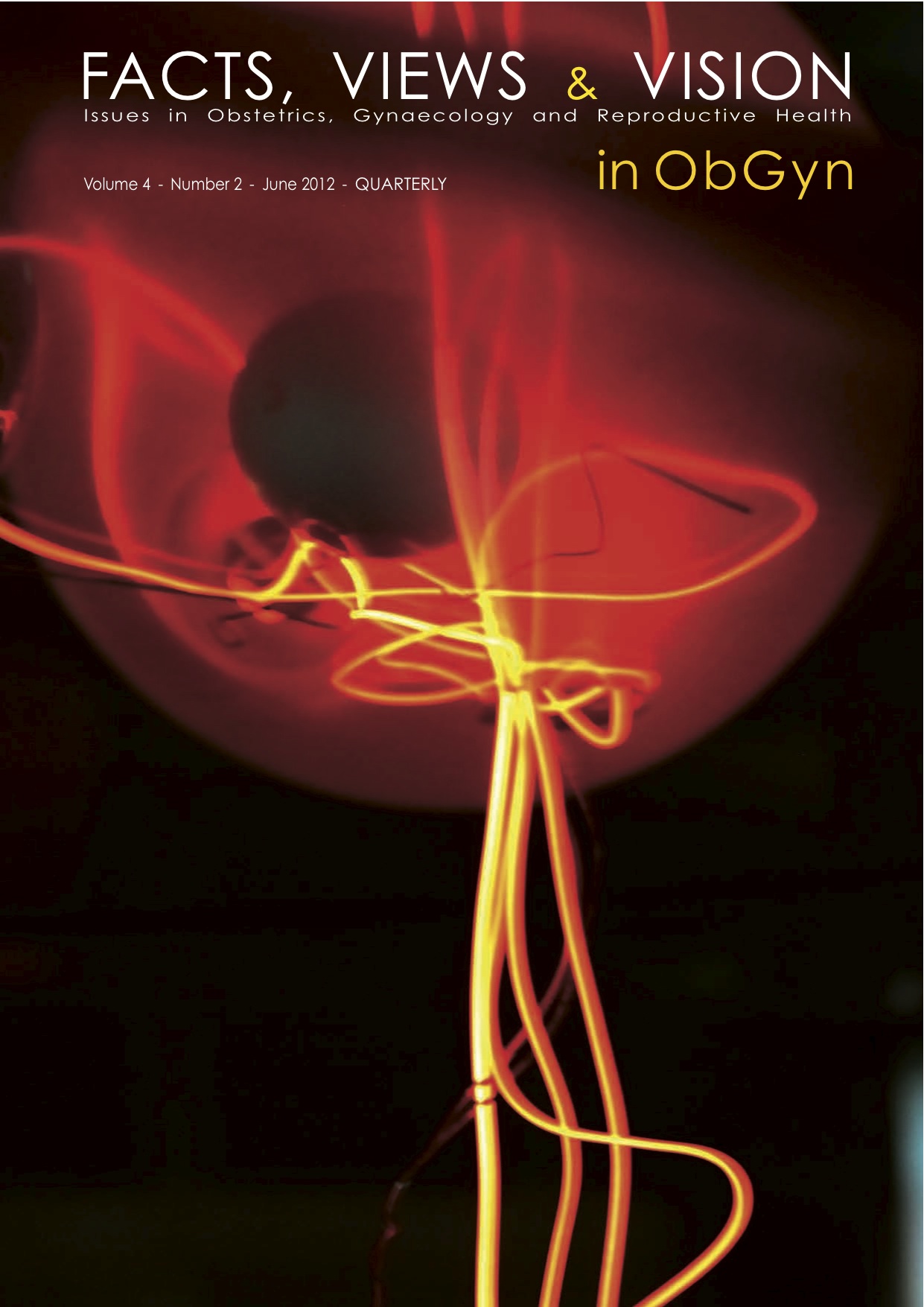Is 48 hours enough for Obstetrics and Gynaecology training in Europe?
Training, obstetrics, gynaecology, European Working Time Directive, ENTOG.
Published online: Jun 29 2012
Abstract
The European Working Time Directive, implemented by the European Union (EU) in 1993, was adopted in the medical profession to improve patient safety as well as the working lives of doctors. The Directive reduced the average amount of hours trainee doctors worked to 48 hours per week. However, its adoption has varied throughout the EU. Its potential effect on both the quality and total amount of hours of training has caused concern. This monograph presents data on Obstetrics and Gynaecology training in Europe obtained from several of the European Network of Trainees in Obstetrics & Gynaecology’s (ENTOG) surveys. The monograph demonstrates large variations in training and explains the difficulties in ascertaining whether 48 hours of training a week is sufficient to become an Obstetrics and Gynaecology specialist in Europe.



